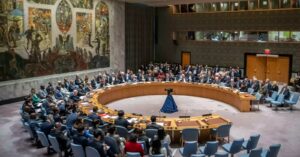Ben-Gurion Corridor: A commercial project or a geopolitical card to redraw the maps of global trade?
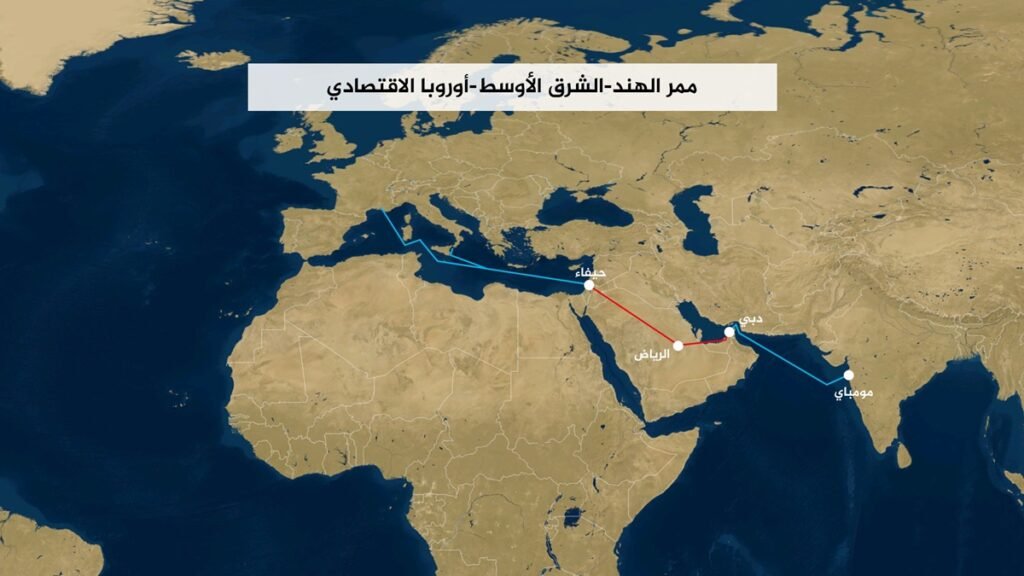
the introduction
emerged Ben Gurion Corridor In recent years, it has been considered one of the most controversial projects in the Middle East, due to its Economic and strategic dimensions It goes beyond being a mere trade route. The project is based on creating a land-sea route that connects Israeli ports on the Mediterranean In the Gulf states, reaching India and Asia, in an attempt to provide a strategic alternative to Egyptian Suez Canal Which has represented since the nineteenth century the vital artery of trade between East and West.
The corridor bears the name of “David Ben-Gurion,” the founder of the Israeli entity, which reflects from the beginning Political symbolism that goes beyond the economic dimensionThe project essentially represents an attempt to establish Israel as a central link in new global trade networks. Therefore, studying this corridor imposes itself not only as an economic issue, but also as a strategic file that raises fundamental questions about Balance of power, regional security, and redrawing transport and trade routes in the twenty-first century.
This study examines the corridor from a multidimensional perspective, combining historical, geographical, and political analysis, highlighting its importance to Israeli national security, its economic, commercial, political, and strategic dimensions, and the most important challenges this project will face.
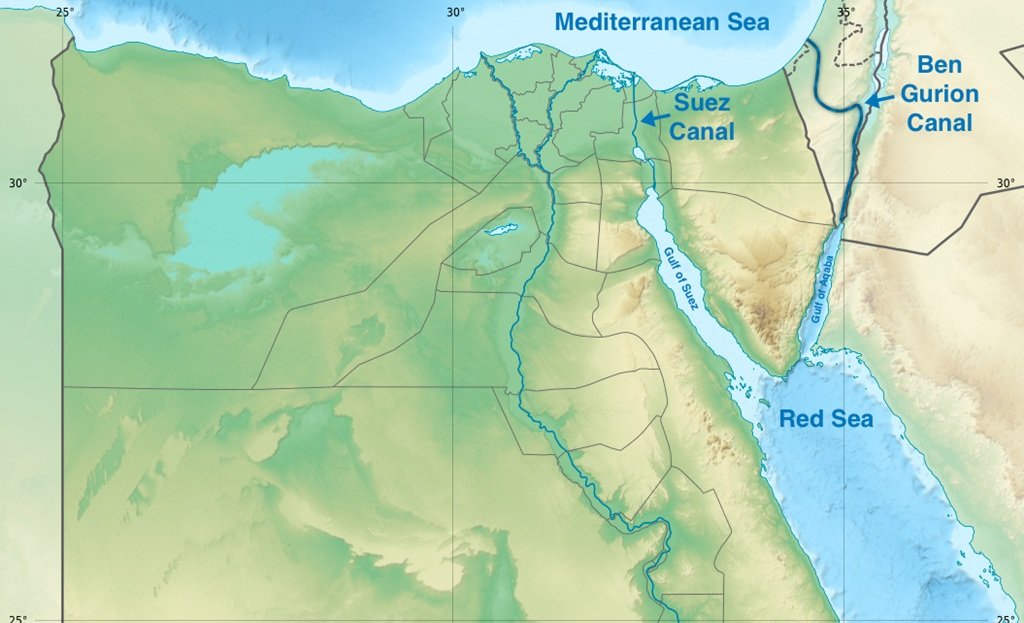
First: The historical and geopolitical background of the project
Ben Gurion Pass has been a part of the history of the Israeli state since its establishment in 1948. During the War of Independence, the pass was a vital axis for moving troops and supplies between the coastal cities and the southern and eastern regions, and it helped secure Israel's defense lines against attacks from Arab flanks.
The idea of establishing a corridor linking the Mediterranean to the Gulf is not new. It was proposed during the 1970s as part of Israeli plans to explore strategic alternatives that would reduce reliance on Egypt and the Suez Canal. However, the international context at the time was not conducive to its success. At the beginning of the twenty-first century, the idea was re-proposed against the backdrop of major economic transformations and the rise of Asia as a global trading center.
The choice of the name "Ben-Gurion" for the project is not arbitrary; it reflects the symbolism of Zionist identity and Israel's desire to consolidate its presence as a pivotal player in the Middle East. The project also comes amid a turbulent international context, which explains its strong return to the forefront of strategic debate:
- The war in Ukraine and supply chain disruptions
Since the outbreak of the Russia-Ukraine war in 2022, global trade networks have been significantly disrupted. Shipping routes through the Black Sea have been disrupted, transportation and energy costs have risen, and geopolitical risks associated with reliance on limited corridors have increased. This situation has prompted major powers to seek alternative routes to secure the flow of goods and resources. In this context, the idea of the Ben-Gurion Corridor has emerged as an additional option that reduces the risks associated with war, especially since it offers a relatively shorter overland route for transporting goods from the Gulf and Asia to the Mediterranean and Europe.
- US-China rivalry
The rivalry between the United States and China is the most prominent feature of the new international order. Since 2013, China has proposed the Belt and Road Initiative to connect Asia to Europe and Africa via vast land and sea corridors, which Washington views as a threat to its influence. Accordingly, the United States and its allies are seeking to support alternative projects to counter Chinese influence, such as the India-Middle East-Europe Corridor. The Ben-Gurion Corridor is seen as part of these potential alternatives, as it gives Israel a strategic position at the heart of the global competition over trade routes.
- Repercussions of the Corona pandemic
The COVID-19 pandemic has exposed the fragility of the global trading system. The closure of Chinese ports and the disruption of maritime transport have driven freight rates to unprecedented levels and created a scarcity of essential goods in Europe and the United States. The crisis has also revealed that overreliance on specific routes, such as the Suez Canal or the Strait of Hormuz, leaves the global economy vulnerable to paralysis in the event of a crisis. This lesson has prompted economic powers to seek to diversify trade routes and spread risk, providing a strong impetus for alternative corridor projects such as the Ben Gurion Corridor.
All these factors combined made the search for alternative trade routes a strategic necessity, giving the Ben-Gurion Corridor project unprecedented momentum.
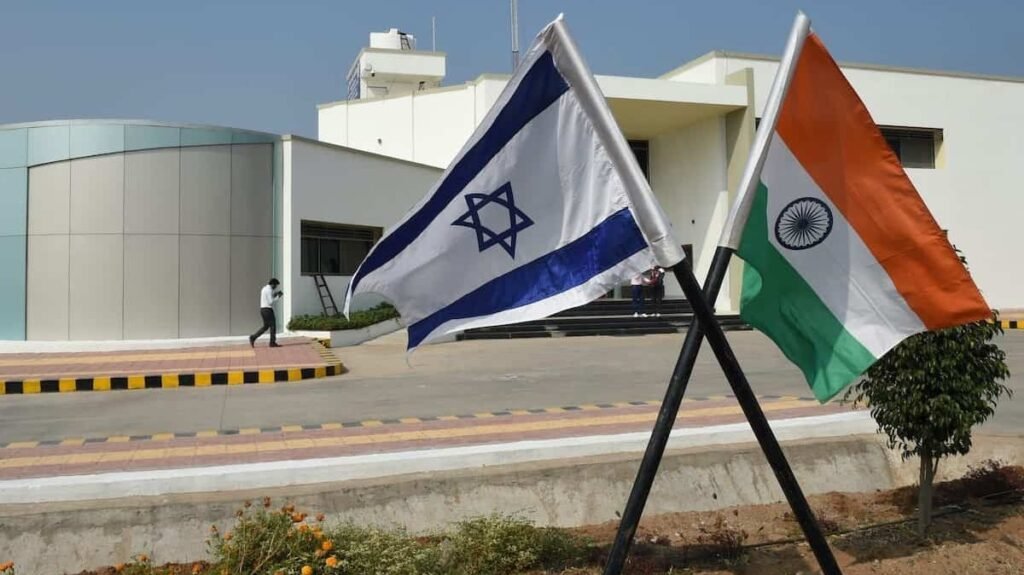
Second: Political, strategic and economic dimensions
1- The political and strategic dimension
puts Ben Gurion Corridor It is at the heart of the region's geopolitical calculations, transcending its purely economic nature to become a strategic card in the struggle for influence. For Israel, the project is not merely a trade corridor, but rather part of an integrated system to consolidate its presence as an effective regional power.
- "Israel"
It views the corridor as a multidimensional tool; it gives it greater capacity for rapid military action and border security, and it also opens a gateway for enhancing its integration into the global economy by connecting it directly to Gulf and Asian markets. Furthermore, the corridor serves as a lever for regional control, enhancing its ability to control the movement of populations and vital infrastructure, especially in areas close to the West Bank.
- Gulf
He sees this as an opportunity to diversify partners and reduce his dependence on conflict-threatened sea lanes such as the Strait of Hormuz and the Bab al-Mandab, giving him greater scope for strategic maneuvering in the face of regional tensions.
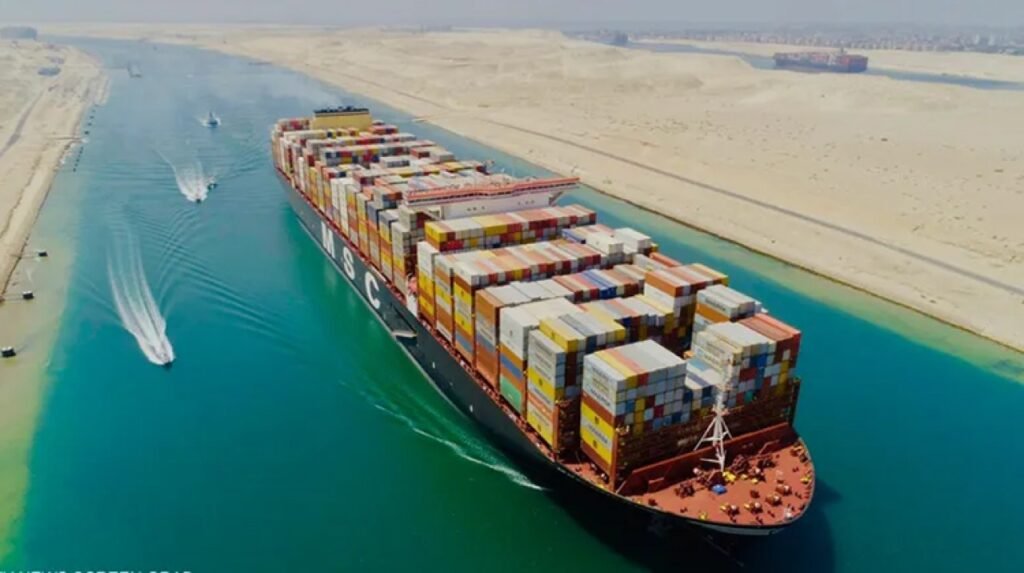
- Egypt
It appears to be the most affected, as the corridor poses a direct threat to the Suez Canal, its vital economic artery, which generates more than $101 billion of its national income. Any success of this alternative would mean diminishing Egypt's strategic position in global trade equations.
- Maghreb and Africa
The effects are indirect but tangible; competition over trade corridors could reshape the region's roles. Morocco, in particular, which seeks to consolidate its position as an Atlantic gateway to Africa and Europe, faces the challenge of doubling its presence on the map of competition for international connectivity.
2- The economic and commercial dimension
The corridor consists of a network of railways, highways and advanced logistics infrastructure, starting from Haifa port on the Mediterranean Passing through Jordan, it reaches the Gulf ports, where goods are shipped to India and Asia.
Third: The declared economic objectives of the Ben Gurion Corridor
- Reducing shipping time between India and Europe by about 40%
This goal is central to the corridor's economic ambitions, as the project seeks to provide a shortened land and sea route that reduces distances compared to traditional routes via the Suez Canal or the Cape of Good Hope. This time savings enhances the competitiveness of shipping companies and reduces the risk of delays, making the corridor an attractive option for the flow of goods between Asia and Europe. - Cost reduction compared to the Suez Canal route
Besides time, financial considerations are a key objective. The corridor is expected to reduce transportation costs by providing a less congested and more efficient route, attracting global companies and reducing reliance on the Suez Canal as a sole shipping hub. This will redraw regional trade maps and increase the negotiating power of Israel and its partners. - Enhancing trade cooperation between Israel and the Gulf states after the normalization agreements
The corridor represents a strategic tool for supporting economic rapprochement between Israel and the Gulf states, especially in the wake of the normalization agreements. By providing direct commercial infrastructure, the project opens up opportunities for joint investment, expanding trade, and linking regional markets with Asian and European countries. This economic dimension is directly linked to the political dimension, strengthening Israel's position and granting the Gulf states greater flexibility in managing their economic and strategic relations.
Fourth: Economic and structural obstacles to the corridor
- The high cost of building and maintaining infrastructure
The initial investment to establish the corridor and its ongoing maintenance poses one of the most significant economic challenges. The project requires significant funding to build ports, railways, and roads and connect them to existing infrastructure. This financial burden may limit the speed of implementation or force partners to rely on external financing, complicating efficient project management and increasing long-term financial risks.
- Competitiveness with the Suez Canal
Despite the corridor's potential time advantages, the Suez Canal remains a strong competitor, given its operational stability and decades of logistical experience, as well as the significant reliance of a significant portion of global trade on it. This makes attracting international shipping traffic a significant challenge, as the corridor requires economic incentives and advanced infrastructure to ensure its true competitiveness.
- How sustainable is demand in the face of competition from Chinese projects such as the Belt and Road Initiative?“
Israel is competing with China's megaprojects, such as the Belt and Road Initiative, which provides integrated, internationally funded transportation networks. This raises the question of the long-term sustainability of demand for the corridor, as the project's success depends on its ability to attract sustained trade flows and withstand competition in a highly flexible regional and international environment characterized by rapid economic transformation.
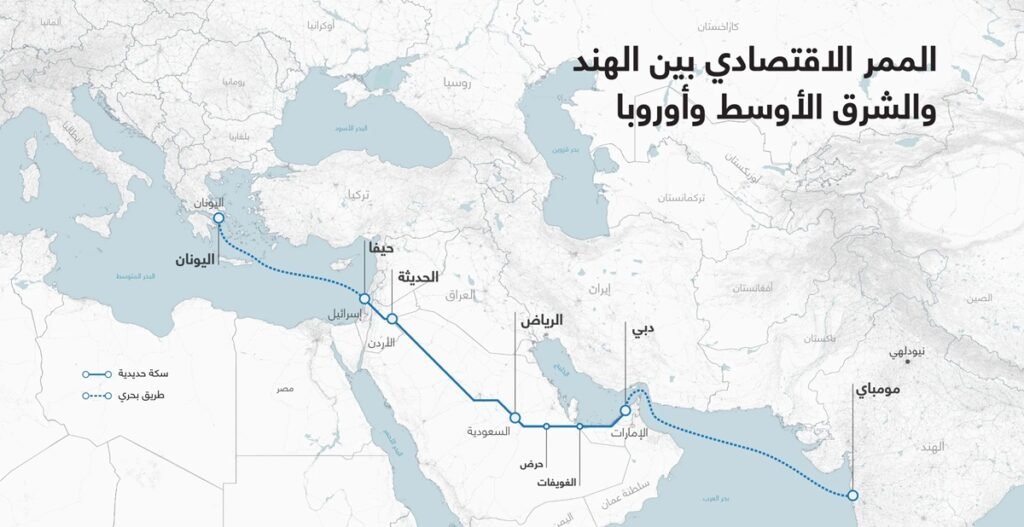
Fifth: : Historical map of the corridor
Studying the corridor from a geographical and historical perspective is an essential tool for understanding its strategic and political significance. The corridor's main lines can be illustrated on a detailed map, showing the surrounding towns and villages, as well as the areas that witnessed military activity during previous Israeli wars. The most important control points and military fortifications that formed the joints of power along the corridor can also be identified, including locations that were the focus of battles or crucial checkpoints. This map is not limited to the military aspect alone; it also illustrates the transportation and communication infrastructure, such as roads, railways, and nearby ports, which enhance the corridor's economic and strategic value. Through this visualization, it becomes possible to monitor the evolution of regional control over the corridor over the decades and understand how conflicts have affected trade and security dynamics in the region. This map also helps researchers and decision-makers assess future risks and develop scenarios for corridor management within regional and international security policies.
Sixth International balances and geo-economic competition
The corridor project represents a new pivotal point in the global geo-economic landscape, transcending its commercial dimension to become an arena for competition between major powers. The United States strongly supports it as a viable alternative to China's Belt and Road Initiative and a means to reshape the global trade map to serve its strategic interests and strengthen its alliances with India, Israel, and the Gulf states. China, on the other hand, views the corridor as a direct threat to its maritime and land routes across Asia and Africa, which it has invested in. This has prompted it to develop tactical alternatives to mitigate its impact. Russia, on the other hand, views the project with suspicion and caution, as it weakens its ability to control energy sources and supply lines to Europe, diminishing its weight in the energy security equation. For the European Union, the corridor represents an opportunity to reduce reliance on traditional routes threatened by crises and enhance its energy and trade security in a volatile international context. In this sense, the corridor becomes more than just a transport route; it is a tool for reshaping the international balance of power and an indicator of the intensifying competition between economic and geopolitical power centers.
Seventh: Future challenges and bets
Despite the economic and strategic promise of the Ben-Gurion Corridor, its path remains fraught with numerous complications that could hinder its effectiveness and limit its ambitions.
1- Security challenges:
The security dimension remains one of the most significant risks threatening the project, as the area along the corridor lies at the heart of open regional conflicts, as well as the activity of transnational armed groups capable of disrupting transportation or targeting vital infrastructure. This requires Israel and its allies to continuously invest in defense systems and intelligence coordination to ensure the corridor's protection.
2- Political pressures:
The corridor is also viewed as a sensitive political issue, as regional parties view Israel's control over it as a leverage point in peace negotiations and in shaping new balances in the region. Furthermore, the project's success is directly linked to the future of the normalization process and the stability of Israeli-Gulf relations, making its sustainability contingent on regional political shifts and major international agreements.
3 - Economic and development challenges:
On the economic front, the corridor requires massive investments to maintain its commercial appeal and ensure its competitiveness against alternative projects in the region, such as China's corridors or Gulf initiatives. Its continued operation also requires effective infrastructure management and continuous modernization of logistical capabilities, balancing the demands of commercial traffic with the military dimensions.
Conclusion
The future remains Ben Gurion Corridor Linked to its ability to prove itself as a sustainable strategic option that combines security and development, and constitutes a reliable alternative within the global corridors network. The project's success depends on securing a stable regional environment, ensuring the continuity of investment flows, and developing partnership mechanisms capable of absorbing political and security shocks. The corridor also reflects a broader struggle to redraw the economic and regional geography, and clearly stands out. Israel's aggressive ambitions In strengthening its regional control, expanding its military and economic influence, and asserting its presence as an unstoppable force, the project raises questions about the future of regional security and the status of Arab states, particularly Egypt, whose vital interests may be harmed by this expansion. The fundamental question remains: Will the corridor succeed in establishing itself as a strategic alternative to the Suez Canal, or will it remain a tool in Israel's hands to fulfill its regional ambitions? The answer depends on the ability of the concerned parties to transform the project from an ambitious geopolitical vision into a tangible economic and strategic reality, while confronting the challenges imposed by Israel's ambitious agenda.

